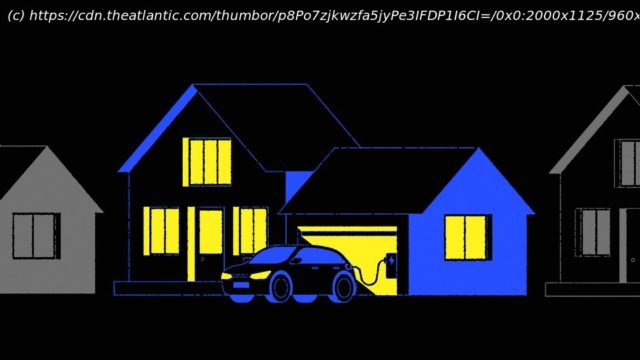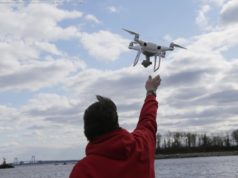More than 1 million Americans are still without electricity. EV owners are using their cars to keep the lights on.
When Hurricane Helene knocked out the power in Charlotte, North Carolina, on Friday, Dustin Baker, like many other people across the Southeast, turned to a backup power source. His just happened to be an electric pickup truck. Over the weekend, Baker ran extension cords from the back of his Ford F-150 Lightning, using the truck’s battery to keep his refrigerator and freezer running. It worked so well that Baker became an energy Good Samaritan. “I ran another extension cord to my neighbor so they could run two refrigerators they have,” he told me.
Americans in hurricane territory have long kept diesel-powered generators as a way of life, but electric cars are a leap forward. An EV, at its most fundamental level, is just a big battery on wheels that can be used to power anything, not only the car itself. Some EVs pack enough juice to power a whole home for several days, or a few appliances for even longer. In the aftermath of Helene, as millions of Americans were left without power, many EV owners did just that. A vet clinic that had lost power used an electric F-150 to keep its medicines cold and continue seeing patients during the blackout. One Tesla Cybertruck owner used his car to power his home after his entire neighborhood lost power.
This feature, known as bidirectional charging, has been largely invisible during America’s ramp-up to electric driving. Many of the most popular EVs in the United States, such as Tesla’s Model Y and Model 3, don’t have it. “It just wasn’t a priority at the time,” a Tesla executive said last year about why the cars lack the feature, though the newly released Cybertruck has bidirectional charging and the company plans to introduce it into its other vehicles in 2025.






